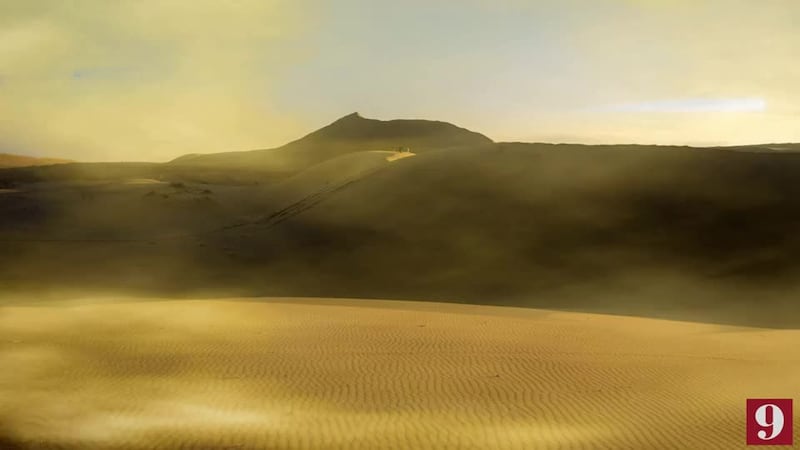ORLANDO, Fla. — Saharan dust plumes are common in the western hemisphere during the summer months. This year’s surges have been deeper and more extensive, and it seems like there are more coming.
We learned that Saharan dust particles replenish the Amazon forest and the Caribbean beaches bringing dust and nutrient-rich particles to this side of the world. But these microparticles also have nutrients that can feed toxic algae blooms, like the red tide.
Red tide blooms affect Florida beaches often, when most severe, it can cause respiratory issues, symptoms can be like the ones from COVID-19. So, with this year’s deep Saharan dust plumes and the pandemic, what are researchers doing to mitigate a big bloom? George Waldenberger spoke to Dr. Kristy Lewis at UCF Coastal research about the work being done to possibly suppress a bloom in our beaches.
Check Central Florida’s Forecast
DOWNLOAD OUR FREE WFTV WEATHER APP TO RECEIVE ALERTS
PHOTOS: Saharan dust seen from Central Florida and parts of the Caribbean
Nota en español: Temporada de Huracanes 2020: Pronosticadores altamente confiados en una temporada activa
>> CLICK HERE FOR LIVE DOPPLER 9 RADAR <<
Entérese del pronóstico del tiempo, en español, por nuestra meteoróloga Irene Sans
Follow our Severe Weather team on Twitter for live updates:
- Chief meteorologist Tom Terry
- Brian Shields
- Irene Sans
- Kassandra Crimi
- George Waldenberger
- Rusty McCranie
© 2020 Cox Media Group







